Whether you’re an in-house facilities manager or an FCA project manager for an AEC firm, you’ve got an entire team of people who need to access AkitaBox while in the field.
Using AkitaBox on a desktop or laptop computer from the relative comfort of an office is one thing. Trying to do it while climbing ladders or squeezing into tight spaces is a totally different story.
While you can use AkitaBox on tablets and mobile devices (even without an internet connection), you still need to make sure:
- Your crew has enough of the right mobile devices to access AkitaBox
- They know where those devices are kept
- The mobile devices are always charged up and ready to go
- The devices are easy to carry around
The more convenient you make AkitaBox for the folks in the field, the more your team will actually use it. And that means:
- Faster response times to emergencies
- Quicker resolutions to maintenance issues
- Better data collection and record keeping – which contributes to stronger KPI tracking and capital planning
- More efficient onsite data collection for FCAs
So without further ado, here are the items we recommend that’ll make it a little easier for your team to use AkitaBox.
iPad Pro
To get the best AkitaBox experience, we recommend using it on the iPad Pro. The iPad Pro has plenty of computing power and storage. It also offers some advantages over the standard iPad:
Convenient size – a large enough screen to view floor plan details, but small enough to carry with you
Sharp resolution and brightness – see clearly even in the dark
Anti-reflection – overhead lights or bright windows won’t make it harder to see the screen
Excellent camera – take better, clearer photos of assets or issues
Very responsive touch screen – easily enter data or hand draw updates on floor plans
So which iPad Pro should you use? The final decision is up to you, but here’s what we recommend.
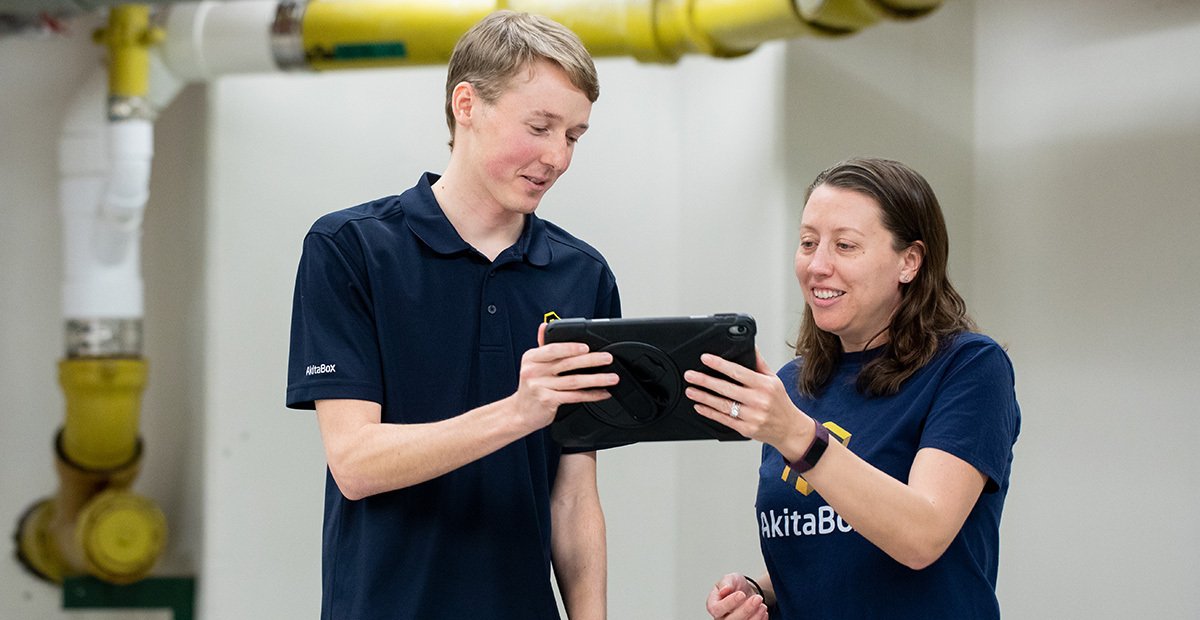
Version/Model: Newer is better. You’ll experience better performance plus you’ll have Apple support for a longer time period.
Size: Whatever is comfortable to use. The latest iPad Pros come in 11” and 12.9” sizes.
Storage: More storage is always a good idea. The last thing you want to do is run out of space in the middle of a big project. But you don’t need to go overboard, since your AkitaBox data syncs to the cloud and won’t be living locally on the device.
For example, the new iPad Pro 11” and 12.9” come with 128 GB, 256 GB, 512 GB, 1 TB, and 2 TB of space. You probably don’t need to spring for 1 or 2 TB. But you also don’t want to risk exceeding your storage by going with only 128 GB. Choose something in the middle: either the 256 GB or 512 GB.
Connectivity: Get both Wi-Fi AND cellular. It’s always best to be able to sync your data wherever you are. Cellular connectivity can help you do that when you’re without Wi-Fi.
iPad Rugged Case and Hands-Free Holder
Protect your technology with a case that can take some abuse and also keeps your hands free when needed.
Some cases and holders come together as one package. Others you can buy separately and combine. There are plenty of options you can choose from depending on what size iPads you have and what will work best for your environment and everyday use.
A few we like are:
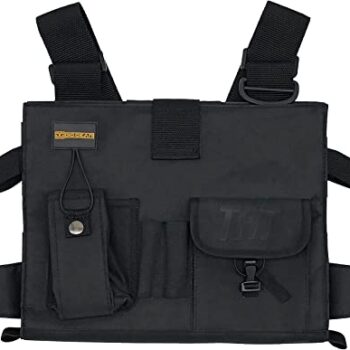

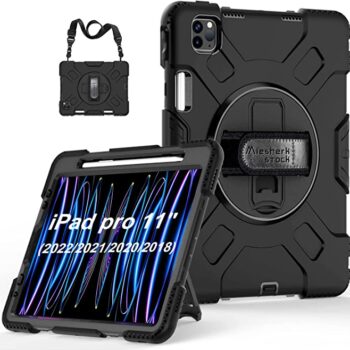

Power Bank
Did you know? iPad batteries last about 10 hours between charges. But if you’re running low on juice and can’t find a power outlet, an external power bank can keep you going.
INIU Portable Charger
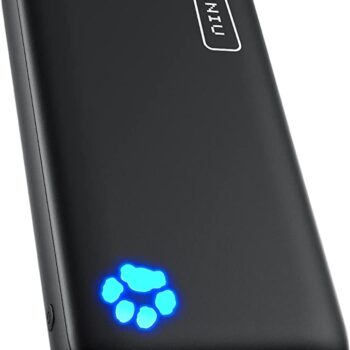
Wall Charger Adapter
Your iPad fleet needs to be charged and ready to go at a moment’s notice. A wall charger adapter enables you to charge your iPads using any standard outlet.
Older iPad Pros (2019 and earlier) require a USB wall charger. These are compatible with lightning cables that are used to charge older iPads.
New iPad Pros require a USB-C compatible power adapter.
Make sure you have a correct wall charger adapter for each of your iPads.
USB/USB-C Combo Adapter
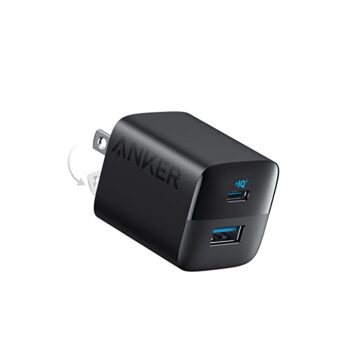
Charge Cable
Don’t forget about these. A charge cable connects the iPad to the wall charger. Older iPad Pros (2019 and before) use lightning cables.
The latest iPad Pros use USB-C cords and adaptors to charge.
Again, whichever model of iPad Pro you use, make sure you have a charging cable for every one of your devices.
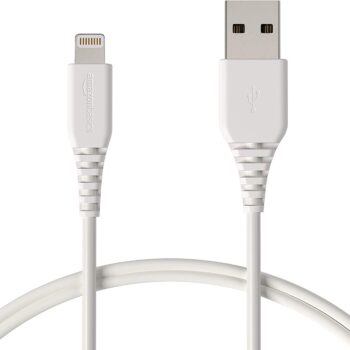
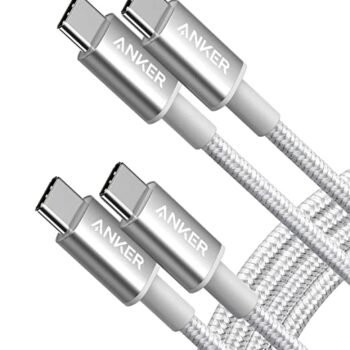
Charging Rack
A multi-compartment charging rack not only lets you charge multiple devices in one place, it also serves as a sort of home base where all of your iPads live when not in use.
We all know how easily devices can grow legs and walk away. A charging rack gives your team a set place to keep the iPads. When an emergency strikes, an outside technician needs to get to work, or your onsite FCA team is ready to go, the iPads are charged, waiting, and easy to grab.
Just remember – older iPad Pros (2019 and before) use USB ports while the newer iPad Pros use USB-C ports for charging.
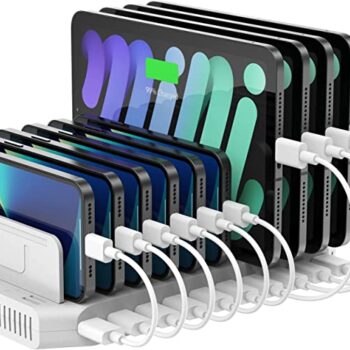
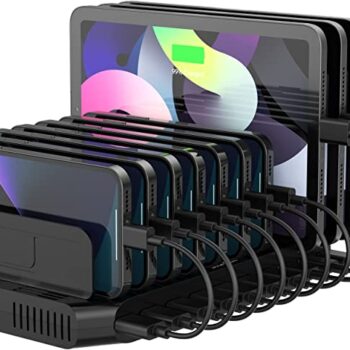
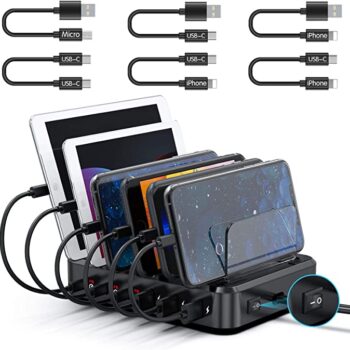
Now that you’ve got the right equipment in the hands of your field team, you’re one big step closer to getting the most of your AkitaBox software.
But that’s only the beginning. Check out our webinar series below to learn how to leverage AkitaBox’s features for more effective facilities management.

